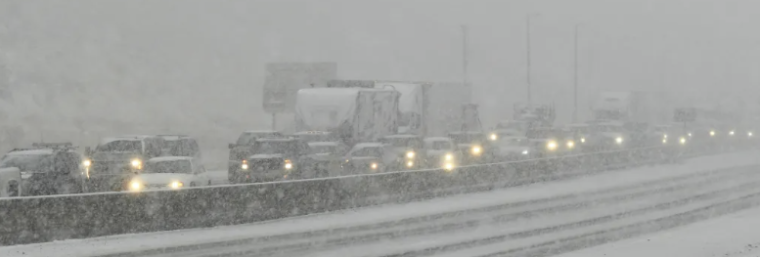Tag Archives: hydrogen induced cracking
The Challenges of Welding in Cold Temperatures

Welding in cold temperatures poses two critical challenges. First, the brutal conditions welders must endure and second, the performance of steel structures in cold temperatures. Many times we forget about the former by focusing too much on the latter. If you ever get a chance to talk to welders that have welded in both extreme […]
Why Welds Fail: It’s never just one thing

Weld failures happen all the time. Some are more serious than others in terms of cost and potential for property damage and bodily harm. If a weld failure is considered serious it typically gets a lot of attention. Forensics labs and industry experts get called to determine the root cause of the failure. It may […]
The Reason Behind AWS D1.1 Minimum Fillet Weld Sizes
It's not what you think

Have you ever noticed that there are design rules that prohibit sizing a fillet weld below a certain size for a given thickness of material? If you look at AWS D1.1/D1.1M:2020 Structural Welding Code (Steel) you can find this on Table 7.7. If you happen to own a copy of AISC 360-16 Specification for Structural […]
What is Post Weld Heat Treatment (PWHT)?
What is it? Why is PWHT needed? How is PWHT done?

Have you heard of post weld heat treatment (PWHT)? Of course you have. If you are involved in welding you have definitely heard this term. But what is PHWT? When is PWHT required? What temperature should PWHT be done at? Heat treating of materials can be a very complicated subject, but when it comes to […]
The Importance of the Heat Affected Zone (HAZ)

When we weld we generate enough heat in the welding arc to melt the filler metal and base material. Or just the base material is we are welding autogenously (as in GTAW without filler). The edges of the base material melt and combine with the filler metal to create what is called the composite zone. […]
The Relationship between Heat Input and Weld Size

Heat input is important because it has an effect on cooling rates which in turn can significantly affect the mechanical properties of the weld and heat affected zone. It also plays a role in susceptibility to distortion. High heat input can be beneficial in some cases and detrimental in others. A common misconception is that […]
Using the Carbon Equivalent Method to Determine Weldability of Steels

Preheat is necessary in certain carbon and low alloy steel applications to prevent hydrogen induced cracking, also known as cold cracking. Cold cracking susceptibility increases as the amount of carbon in steel and the thickness go up. The higher the carbon content the easier it is for the steel to harden. And, the thicker the […]
How to Weld High Carbon Steels

High carbon steels are those containing 0.45% carbon or higher. They are typically considered “hard to weld” because they are crack sensitive and are susceptible to undergoing significant changes in their physical and mechanical properties after welding. However, high carbon steels can be welded successfully and without problems by having a sound understanding of the […]
How to Weld Abrasion Resistant – AR – Plate

Abrasion resistant (AR) steel plate is used in applications requiring abrasion and impact resistance. It is alloyed with high levels of carbon in order to attain high levels of hardness through the quenched and tempered process. AR plate is primarily used in conveyors, buckets, dump liners, construction attachments, grates, body armor and ballistic plates. AR […]

